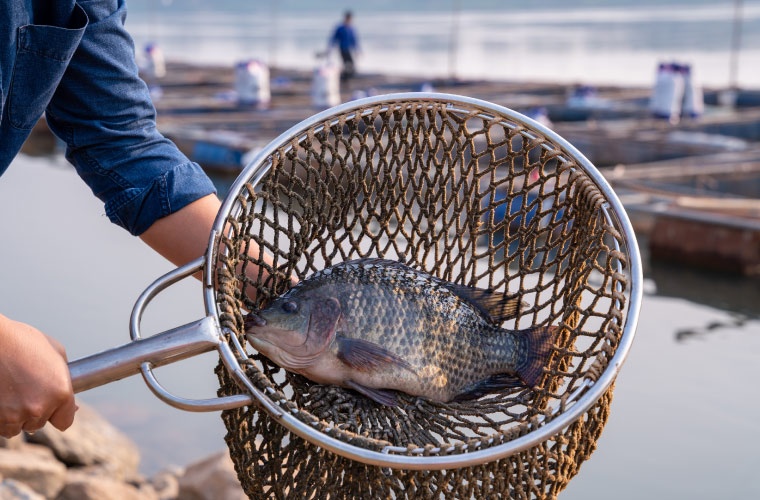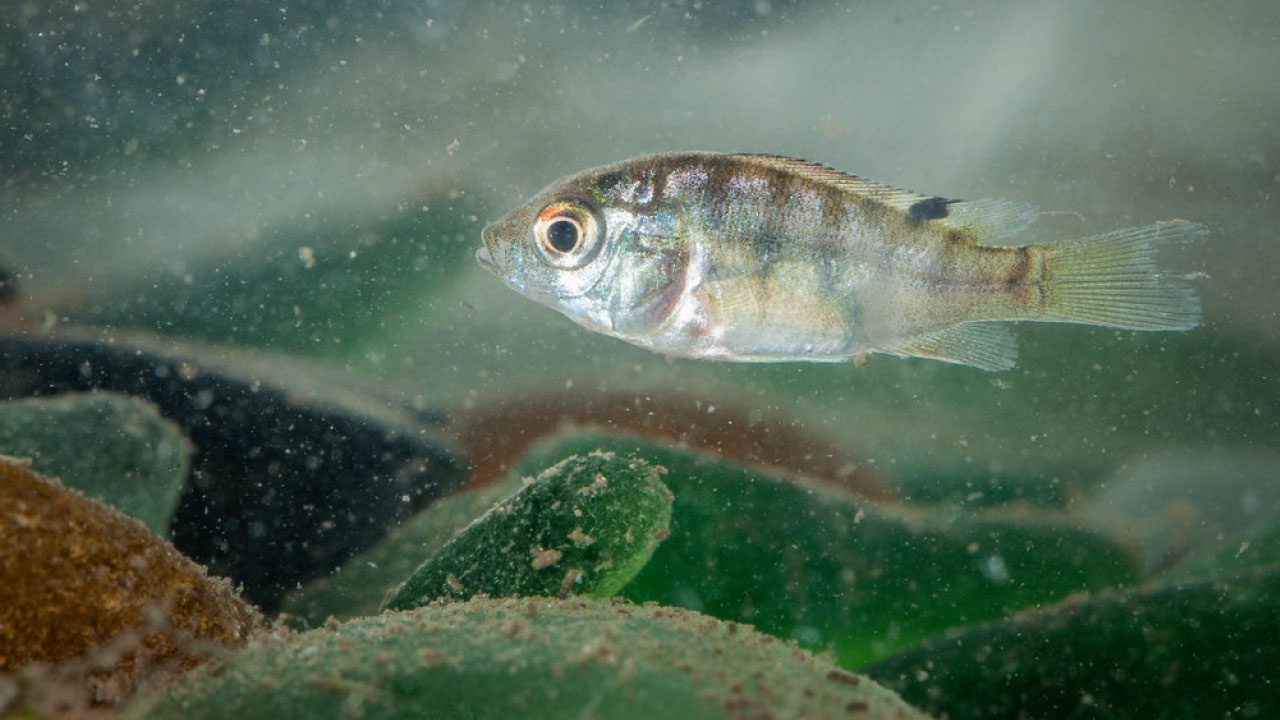
Nile tilapia (Oreochromis niloticus) has gained importance in recent years as one of the most produced and studied aquaculture fish species worldwide. Currently, around 4.5 million tonnes are produced, and it is present in 135 countries globally, according to data from the United Nations Food and Agriculture Organisation (FAO).
In addition to its socio-economic and nutritional importance, its adaptability to various aquatic environments and ease of cultivation in intensive aquaculture systems make it an ideal species for scientific research.
For a species to be considered a model for research, it must meet several requirements, including having a relatively fast life cycle and high reproductive capacity in captivity. Tilapia fits this requirement, facilitating the observation of multiple generations over a short period. This aspect aids research in genetics, species selection, and developmental studies.
The tilapia genome has been fully sequenced, another important factor as it provides a solid foundation for advanced studies in molecular biology, genetics, and selective breeding. This availability of genetic information allows researchers to address a wide range of issues, from disease resistance to improving feed efficiency and growth.
Another important factor is its resistance to various environmental conditions, allowing researchers to use tilapia in experimental studies involving changes in temperature, pH, and salinity. This experimental versatility makes tilapia an excellent model for studying the impact of climate change and fluctuations in aquatic ecosystems.
Moreover, Nile tilapia is susceptible to a variety of common diseases in aquaculture, making it an excellent model for research into animal health, vaccine development, and treatments for bacterial, viral, and parasitic infections. This is highly relevant for the aquaculture industry, as disease is one of the main challenges for the sustainability and profitability of fish farming.
Finally, as previously mentioned, Nile tilapia has great commercial relevance, being one of the main farmed aquatic species globally. This ensures that the scientific advances made in its study can have immediate practical applications in the industry, benefiting both producers and consumers.
However, for it to become a widely used experimental model, as seen with zebrafish (Danio rerio), there are still some aspects that need improvement. For example, the availability of advanced genetic tools, such as CRISPR/Cas9 technologies, which enable functional studies on specific genes.
Another important aspect is the need for standardised and globally accepted management and breeding protocols in laboratories, as already exist in the commercial aquaculture of the species.
Examples of studies in tilapia applicable to other species

Studies conducted on Nile tilapia have served as inspiration and as a model for their application in improving knowledge of other aquaculture species.
For instance, in the case of probiotic use, studies in tilapia demonstrating significant improvements in fish immunity and growth have helped guide researchers in developing study strategies for other species.
The GIFT project in tilapia is recognised as a successful model of genetic improvement, which has been applied to other genetic selection programmes for species such as carp and catfish.
Tilapia has also been instrumental in enhancing research into the use of supplements, such as Schizochytrium oil, in the fatty acid profile of fish. This approach has been explored in other higher-value species to improve fillet quality and reduce the use of fish oils.


